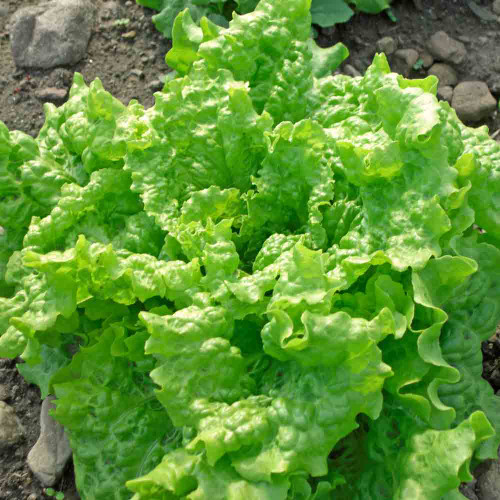Description
White Sonora Wheat - A Taste of the Sonoran Desert's Past
Tracing its roots back to the Spanish missionaries and the heart of the Sonoran Desert, this heirloom wheat variety offers a taste of history with a unique flavor and texture that sets it apart from modern varieties—this is White Sonora Wheat, a resilient heirloom with a rich history and a delightfully sweet, nutty flavor.
Known as Trigo Flor, Flor de America, Trigo Mota or Sonora Blanca (Spanish), and Olas Pilcan (O’odham), White Sonora Wheat is a soft white winter wheat that thrives in arid climates. One of North America's oldest surviving wheat varieties, this heritage grain is prized by bakers for its flour's sweet, nutty flavor and by brewers for its fermentable and maltable wheat berries.
Legendary heritage grain expert and Anson Mills founder Glenn Roberts has this to say: “White Sonora has a lingering sweetness on the back palate and a haunting minerality … It has the potential to be the best cake flour in all of the U.S. It can also be a great brewing wheat. I’d like to get my hands on a source of malted White Sonora because it’s already naturally sweet and should be perfect for artisan beers.”
The stalks are easy to harvest, and the hulls are easily removed without specialized equipment, making it an excellent choice for home gardeners. Our article explains why it is the perfect grain for the home gardener.
Details
White Sonora Wheat is a versatile grain that is adaptable to various climates. Typically grown as a winter wheat in mild regions with low risk of frost, it can also be planted as a spring wheat in colder areas. Reaching about 3 to 4 feet, its broad, green leaves are naturally resistant to rust, a common fungal disease. The grain is pale reddish-white, round-seeded, and nearly opaque, often described as having a blush of pink and is resistant to Fusarium fungus.
Its drought tolerance makes it an excellent choice for arid climates, while its early ripening allows for a quicker harvest than many other wheat varieties.
White Sonora Wheat has a lower gluten content compared to modern wheat. While it is not gluten-free, it may be easier for some individuals to digest.
History
The earliest records document it was extensively planted in the mountains of Sonora, Mexico in the early 1700's, and was widely planted in California by the early 1800's. Until the early 1900's, it provided most West Coast residents with their flour. Its flour makes stretchable dough, and is credited with the development of large flour tortillas, burritos and chimichangas.
Planting Tips
In southern Arizona, Sonora wheat is planted from October to December and harvested in May or June before the summer monsoon season. It is classified as a winter wheat because of the mild climate in the Southwest.
In colder climates, Sonora wheat is planted as a spring wheat when the soil warms up. Depending on the temperatures, it will mature in approximately 90 days.
Planting Rates
- 1lb = approx 8,000 seeds, enough for a 50 x 50 ft plot, or 2,500 Sq. ft.
Learn More
- White Sonora Wheat - Perfect Grain for the Home Gardener
- What's Wrong with Our Wheat?
- Catanian Wheat and Lentil Soup
From the soil to the seed to the food you eat - we'll help you grow your best garden!
2 Reviews
-
White Sonora Wheat Seeds
Seeds came clean and well packaged. Have planted for a Winter wheat in Phoenix; great germination and healthy plants. Looking forward to harvesting some wheat soon.
-
White Sonora Seeds
Probably one of the best seasons I've had in gardening. The wheat was ready for harvest in May in the mtns of N. California. I used zero irrigation and managed a harvest that was 65x what I had planted. Bear in mind, I lost half my seeds to the Guinea fowl after planting. I could not be more pleased. This company has some of the best prices for larger amounts of seeds. I will be purchasing again! A++++++++++




















